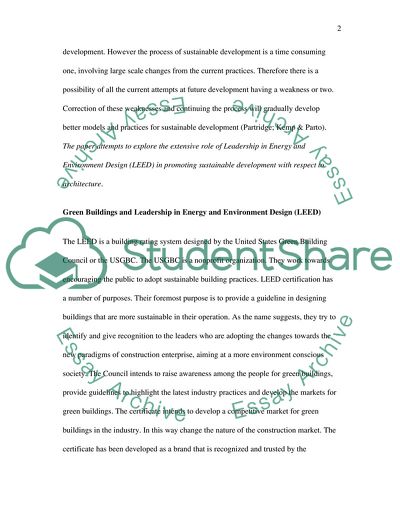Cite this document
(LEED Succeeds in Terms of Promoting Environmental Awareness to the Research Paper - 1, n.d.)
LEED Succeeds in Terms of Promoting Environmental Awareness to the Research Paper - 1. Retrieved from https://studentshare.org/architecture/1752928-examining-whether-leed-succeeds-in-terms-of-promoting-environmental-awareness-to-the-public
LEED Succeeds in Terms of Promoting Environmental Awareness to the Research Paper - 1. Retrieved from https://studentshare.org/architecture/1752928-examining-whether-leed-succeeds-in-terms-of-promoting-environmental-awareness-to-the-public
(LEED Succeeds in Terms of Promoting Environmental Awareness to the Research Paper - 1)
LEED Succeeds in Terms of Promoting Environmental Awareness to the Research Paper - 1. https://studentshare.org/architecture/1752928-examining-whether-leed-succeeds-in-terms-of-promoting-environmental-awareness-to-the-public.
LEED Succeeds in Terms of Promoting Environmental Awareness to the Research Paper - 1. https://studentshare.org/architecture/1752928-examining-whether-leed-succeeds-in-terms-of-promoting-environmental-awareness-to-the-public.
“LEED Succeeds in Terms of Promoting Environmental Awareness to the Research Paper - 1”, n.d. https://studentshare.org/architecture/1752928-examining-whether-leed-succeeds-in-terms-of-promoting-environmental-awareness-to-the-public.


